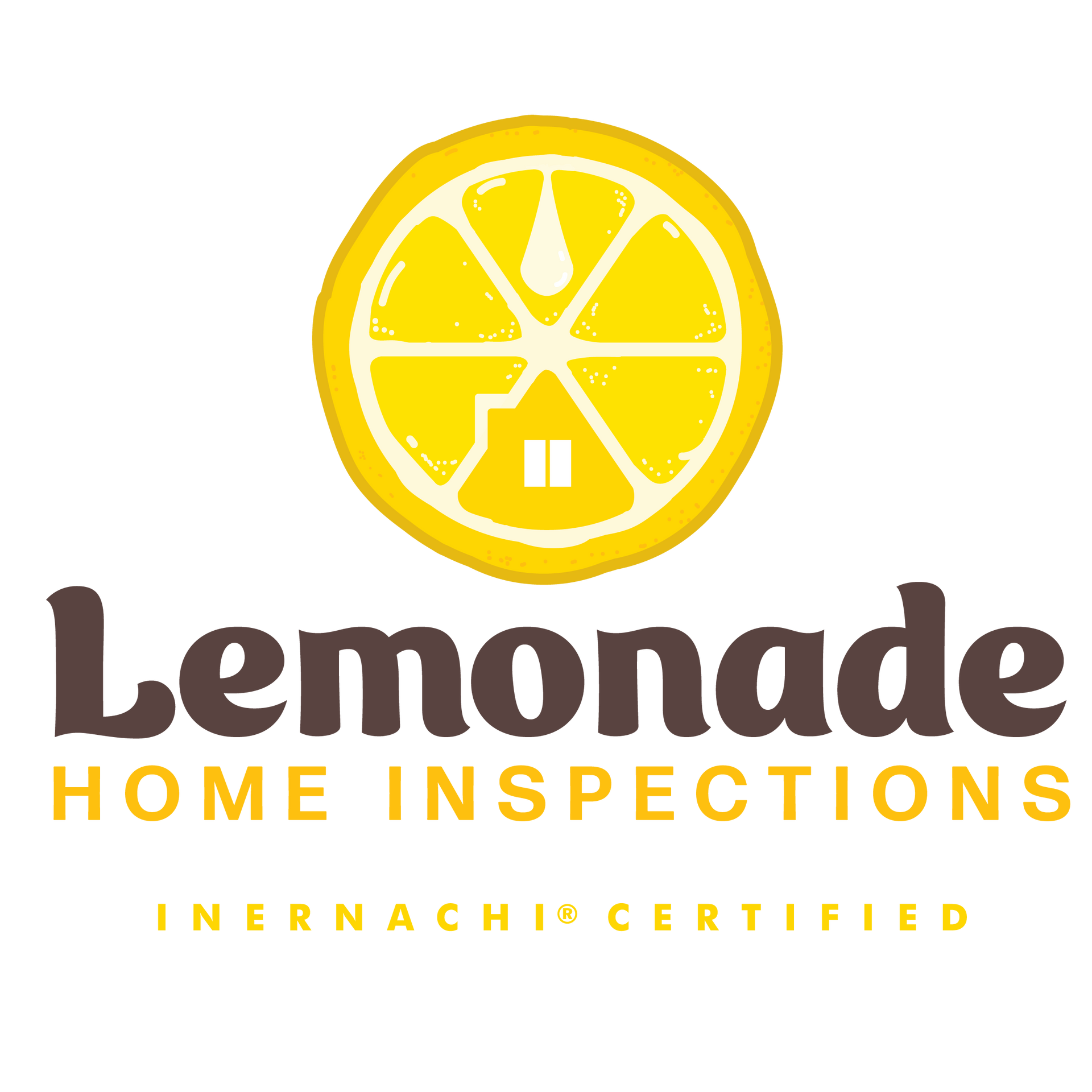Why Fall Maintenance Matters
Winter in Ohio brings snow, ice, and oftentimes, freezing temperatures that can stress your home’s structure and systems. Preparing your house in the fall not only keeps your family safe and comfortable but also prevents expensive emergency repairs. Following a thorough seasonal checklist ensures your home is ready for the cold months ahead.
1. Inspect Your Roof and Gutters
- Check for damaged or missing shingles: Prevent leaks and ice dam formation.
- Clean gutters and downspouts: Remove leaves and debris to ensure proper drainage.
- Inspect flashing and seals: Prevent water intrusion around chimneys, vents, and skylights.
2. Service Your Heating System
- Schedule a professional HVAC inspection: Ensure your furnace or heat pump is working efficiently.
- Replace air filters: Improves airflow and indoor air quality.
- Test your thermostat: Confirm accurate temperature readings and operation.
3. Prepare Plumbing for Freezing Temperatures
- Insulate exposed pipes: Protect pipes in basements, crawl spaces, and attics.
- Drain outdoor faucets and irrigation lines: Prevent burst pipes caused by freezing water.
- Check for leaks: Address dripping faucets or visible corrosion before winter.
4. Seal Gaps and Drafts
- Inspect windows and doors: Replace worn weatherstripping and caulk cracks.
- Check attic and basement insulation: Ensure proper coverage to prevent heat loss.
- Install door sweeps: Keep cold air from entering through exterior doors.
5. Inspect Fireplaces and Chimneys
- Schedule a professional cleaning: Remove creosote buildup to reduce fire risk.
- Check chimney caps and dampers: Prevent drafts, water intrusion, and pest entry.
- Test gas or wood-burning appliances: Confirm safe operation before regular use.
6. Exterior and Landscape Preparations
- Trim overhanging branches: Prevent roof or siding damage from snow and ice.
- Store outdoor furniture and hoses: Protect them from harsh weather.
- Inspect walkways and driveways: Repair cracks to reduce ice-related hazards.
7. Safety and Emergency Checks
- Test smoke and carbon monoxide detectors: Replace batteries if needed.
- Stock emergency supplies: Keep flashlights, blankets, and basic repair tools handy.
- Check sump pumps: Ensure basement protection from winter water intrusion.
Why Home Inspections Help
Even if you perform regular maintenance, a professional inspection can identify hidden issues before they turn into major problems.
Lemonade Home Inspections offers thorough, reliable evaluations to ensure your Ohio home is safe, efficient, and ready for winter.
Protect Your Home This Winter
By following this fall maintenance checklist, you’ll reduce the risk of costly repairs, improve energy efficiency, and ensure your family stays safe and comfortable throughout Ohio’s winter months. Schedule a home inspection with
Lemonade Home Inspections today for peace of mind before the cold sets in.




